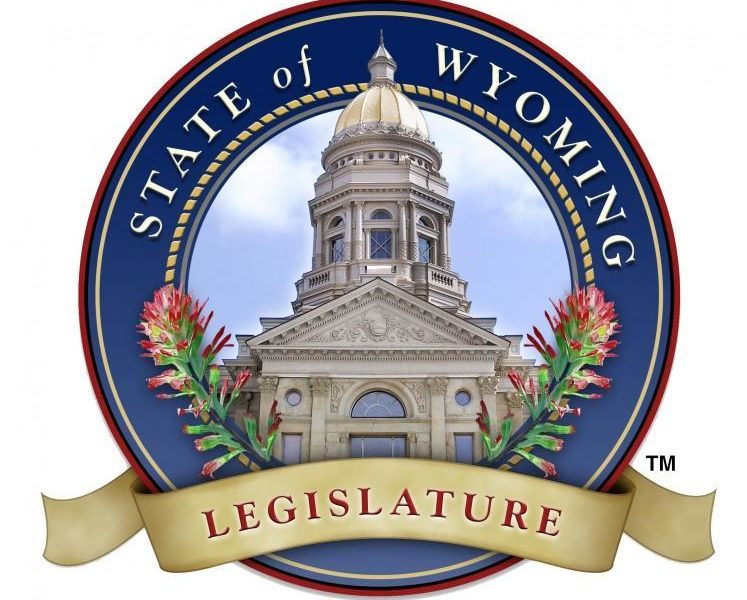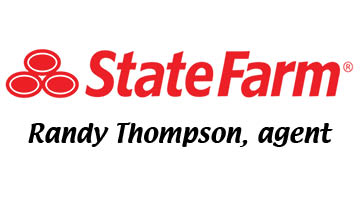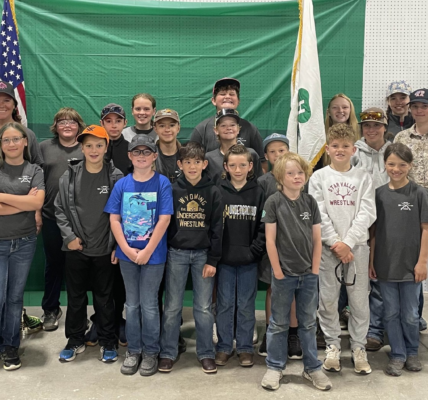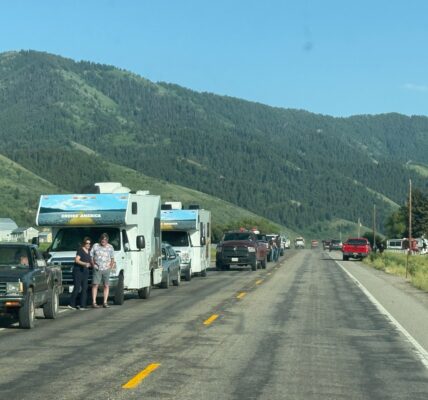By Ramsey Scott
Wyoming Tribune Eagle
Via Wyoming News Exchange
An updated forecast for state revenues released Wednesday shows the state’s economy has performed better than initially expected.
But even with those new numbers, Wyoming’s economy is a far cry from producing at the rate seen before the energy collapse started in 2015.
The Consensus Revenue Estimating Group’s July update showed more revenues flowing into the state’s coffers than predicted in January, thanks to increases in sales and use tax and a productive oil and gas sector. Mineral severance taxes came in 7.3 percent higher than predicted, in part due to oil prices outperforming expectations by $2.40 a barrel.
Wenlin Liu, Wyoming’s chief economist, said the oil and gas sector continues to push the state’s economy forward. The July CREG update didn’t include receipts from the last two months of the 2019 fiscal year, and Liu said he expected decreases in the natural gas sector and coal closures to dampen overall performance.
But even with that, he expected the October CREG report to still show the state is outperforming predictions made in January.
“The revenue track is ahead of forecasts, mainly on the strength from both oil production and prices, which are higher than last year and higher than forecasted,” Liu said. “This doesn’t show the natural gas prices in May and June, so our final revenue will be probably slightly lower than current trends. But still positive and higher than forecasted.”
General fund revenue was up $43 million, 3.6 percent higher than what was expected by this time in the year. The report showed almost every major industry experienced growth in sales and use tax, led by mining and financial activities, like equipment leasing and rentals, which were both up about 20 percent from last year.
The return on the state’s investment portfolio also came in higher than anticipated. For example, the Permanent Wyoming Mineral Trust Fund brought in $365.1 million, which was significantly higher than the $167.4 million predicted to start the year.
While the report was a bit of a bright spot in the state’s forecast, serious structural issues remain in the long term. Coal continues to decline, with the CREG update showing prices dropped 27 cents per ton lower than what was predicted. Natural gas production was also down, 5 percent lower than expected, which has been a trend since the end of 2018.
Those trends will most likely continue, Liu said.
The significant issues with coal and natural gas are why both chairmen of the Joint Revenue Interim Committee said they want to make sure this report isn’t taken as a sign that the dark clouds on the horizon have gone away.
The Revenue Committee is looking at several options for diversifying the state’s revenue streams, including reconsideration of a potential corporate income tax. Backers of that proposition want to use the revenues to help fill the nine-figure deficit in the state’s education system.
Rep. Dan Zwonitzer, R-Cheyenne, chairs the House Revenue Committee. He said the state couldn’t count on the type of return on investments it has seen over the past couple years to bail out its deficits. Forecasters predict investment returns will be lower in the future, and if a recession hits, Wyoming will need to make sure it has a diversified revenue stream.
“My concern overall is the report looks positive and optimistic, but it doesn’t take into account we’re in a deficit and we’re still spending out of our (Legislative Stabilization Reserve Account),” Zwonitzer said. “The CREG report would need to look about five times better than it does right now to get out of the deficit we’re in.”
Sen. Cale Case, R-Lander, who chairs the Senate Revenue Committee, said while the state’s economy is being driven by the oil and gas sector, political power changing hands in Washington, D.C., could drastically curtail future production. If Democrats take back the Senate and the White House, drilling on public lands could be significantly cut, and with that, the revenues helping to push the state’s economy along.
“I think probably the most important thing that people have to do is not look at one report and say we’re out of the woods. You have to look at the bigger picture and what’s trending over time,” Case said. “I would hope folks would stay the course and think about really restructuring our revenue streams in Wyoming to prepare for new opportunities in the future.”








